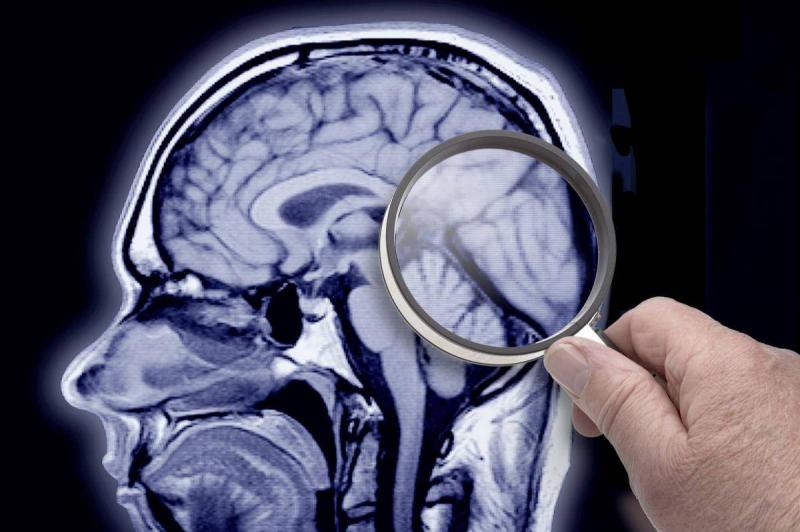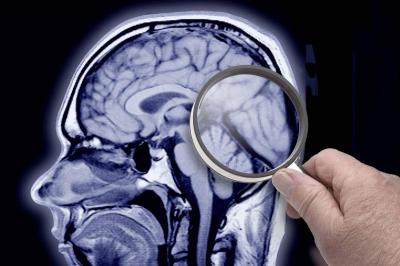Changes in thinking and memory can occur with aging for various reasons, and these changes are not always a cause for concern. However, when they begin to affect daily life, they may indicate the initial signs of a person having one of the types of dementia, according to a report published by Science Alert. Nikki Ann Wilson, a neuroscience researcher at the University of New South Wales in Sydney, Australia, explains that dementia is a broad term used to describe a range of syndromes that lead to changes in memory, thinking, and/or behavior due to degeneration in the brain.
To meet the criteria for dementia, these changes must be significant enough to interfere with usual activities and must be present in at least two different areas of thinking or memory. For example, a person may have difficulty remembering to pay bills or may not be able to recognize addresses in areas they previously knew well. In rare cases, children can develop dementia due to progressive brain damage associated with over 100 rare genetic disorders, which can lead to cognitive changes similar to those affecting some adults.
Researcher Wilson points out that Alzheimer's disease is the most common type of dementia, accounting for about 60-80% of cases. Therefore, it is not surprising that many people use the terms dementia and Alzheimer's interchangeably. Changes in memory are the most common sign of Alzheimer's disease, and they are what the public typically associates with it. For example, a person with Alzheimer's may have difficulty remembering recent events or keeping track of the dates of the day or month.
The exact cause of Alzheimer's disease is still unknown. However, scientists believe it is related to the accumulation of two types of proteins in the brain: beta-amyloid and tau. While everyone has some beta-amyloid in their brains, when too much accumulates, it clumps together and forms plaques in the spaces between cells, damaging (inflaming) surrounding brain cells and leading to dysfunction of tau protein. Tau protein is part of the structure of brain cells, but in Alzheimer's disease, tau proteins become "tangled," leading to a toxic effect on the cells, causing them to die. It is believed that a feedback loop then occurs, resulting in the production of more beta-amyloid and more abnormal tau, thereby increasing the process of brain cell damage.
Alzheimer's disease can also occur alongside other forms of dementia, such as vascular dementia, which is considered the most common mix of mixed dementia. Wilson adds that the second most common type of dementia is vascular dementia, which arises from disrupted blood flow to the brain. Because changes in blood flow can occur throughout the brain, the signs of vascular dementia may be more varied than the memory changes typically seen in Alzheimer's disease. She provides examples, including that vascular dementia may present as general confusion, slowed thinking, or difficulty organizing thoughts and actions. The risk of developing vascular dementia is higher if a person has heart disease or high blood pressure.
Wilson states that some may not realize that dementia can also impact behavior and/or language, as seen in various forms of frontotemporal dementia. The behavioral variant of frontotemporal dementia is the second most common form of dementia after Alzheimer's disease and affects individuals under 65 years old. Patients with frontotemporal dementia may struggle to interpret social situations and respond appropriately. For instance, they may make inappropriate or rude comments or invade people's personal space. Semantic dementia is also a type of frontotemporal dementia and leads to difficulties in understanding the meaning of words and naming everyday objects.
The researcher continues that dementia with Lewy bodies results from a malfunction in organizing a different type of protein known as alpha-synuclein, which often appears in people with Parkinson's disease. Therefore, individuals with this type of dementia may experience movement changes, such as stooped posture, shuffling gait, and changes in handwriting. Other symptoms may include changes in alertness, visual hallucinations, and significant sleep disturbances.




